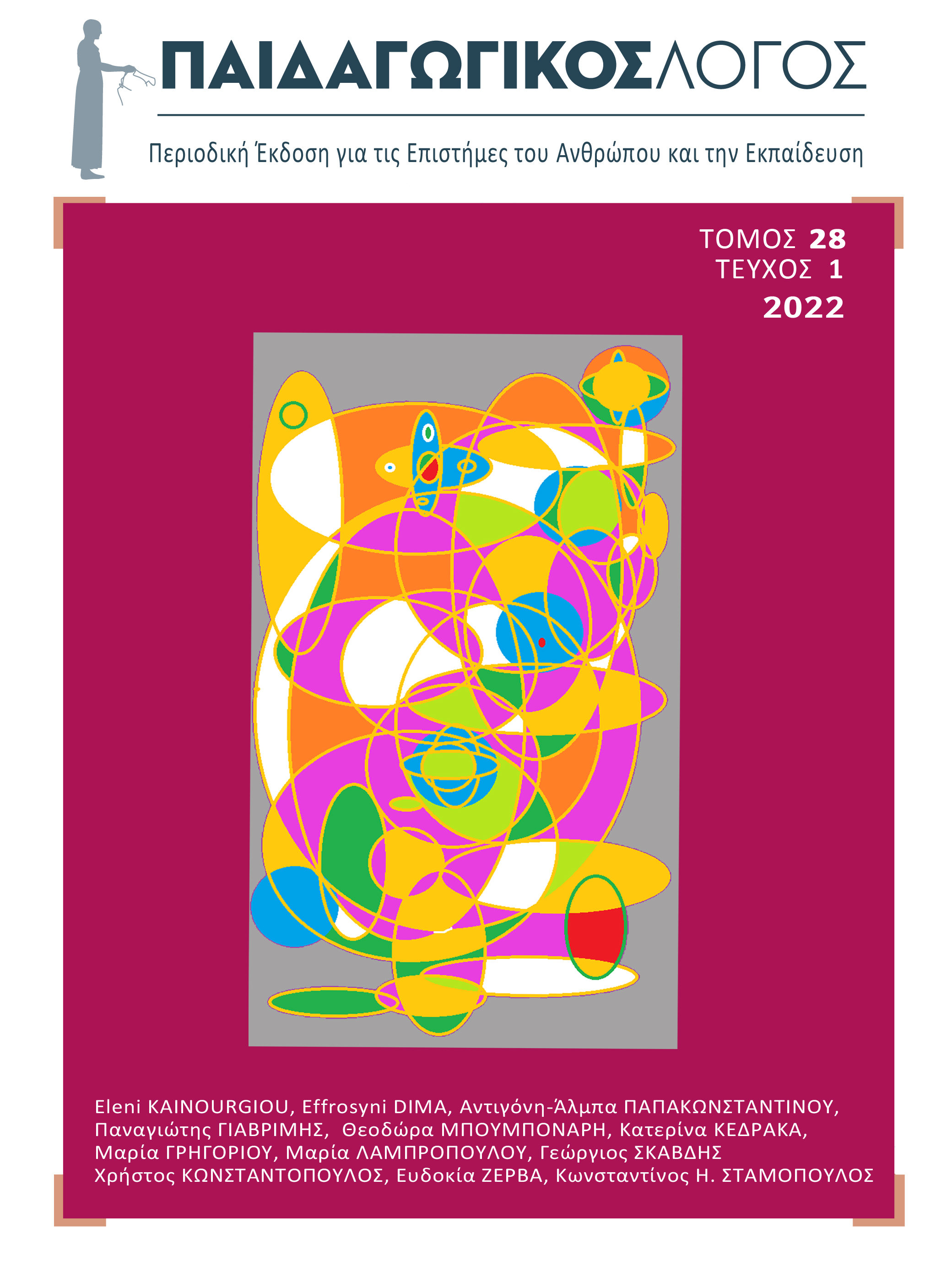Use of flipped classroom didactic model in biosciences for high education

Abstract
The flipped classroom is emerging as a very interesting field of scientific research. However, in Higher Education, face-to-face teaching in university classrooms is still the dominant teaching method. The aim of this research is to highlight the advantages and disadvantages of applying the flipped classroom model in Ηigher Εducation, considering students’ perspective. The implementation of the flipped classroom was evaluated with a questionnaire, which was distributed electronically to the students after the end of the live courses, in the spring semester 2021-22. The results showed that the students of the present research were positive to the implementation of the model, evaluating highly both the activities before the class, stating that they allowed them to better learn the new subject at their own pace, as well as the activities in the classroom, as they contributed to the practical application of the new knowledge and to the interaction with their fellow students and the teacher. They stated that these procedures significantly contributed to a deeper understanding of the subject. However, they are not ready to accept a system of full implementation of this model, as they prefer live lectures, suggesting that they are not ready to take sufficient responsibility for their own personal study alone at home and need interaction with the teacher. In conclusion, the flipped classroom model could be leveraged to significantly reduce the use of the traditional lecture, overcome many of the limitations of traditional university teaching and learning approaches, and ultimately serve the student-centered learning approach.
Article Details
- How to Cite
-
Boubonari, T., Κεδράκα Κ., Γρηγορίου M., Λαμπροπούλου Μ., Σκάβδης Γ., & Κωνσταντόπουλος Χ. (2022). Use of flipped classroom didactic model in biosciences for high education. Pedagogikos Logos, 28(1), 79–99. https://doi.org/10.12681/plogos.31610
- Section
- Articles

This work is licensed under a Creative Commons Attribution-NonCommercial-NoDerivatives 4.0 International License.
Οι Συγγραφείς που δημοσιεύουν εργασίες τους σε αυτό το περιοδικό συμφωνούν στους παρακάτω όρους:
- Οι Συγγραφείς διατηρούν τα Πνευματικά Δικαιώματα και χορηγούν στο περιοδικό το δικαίωμα της πρώτης δημοσίευσης, ενώ ταυτόχρονα τα πνευματικά δικαιώματα της εργασίας προστατεύονται σύμφωνα με την χρήση άδειας που υιοθετεί ο «Παιδαγωγικός Λόγος - Περιοδική Έκδοση για τις Επιστήμες του Ανθρώπου και την Εκπαίδευση» : Αναφορά Δημιουργού – Μη Εμπορική Χρήση – Όχι Παράγωγα Έργα 4.0 (CC BY-NC-ND). Αυτή η άδεια επιτρέπει στους άλλους να έχουν πρόσβαση στο έργο και να το μοιράζονται με άλλους, εφόσον κάνουν αναφορά σε αυτό, ωστόσο δεν μπορούν να το αλλάξουν με κανένα τρόπο ούτε να το χρησιμοποιούν για εμπορική χρήση.
- Οι συγγραφείς μπορούν να συνάπτουν ξεχωριστές και πρόσθετες συμβάσεις και συμφωνίες για τη μη αποκλειστική διανομή της εργασίας, όπως δημοσιεύτηκε στο περιοδικό αυτό (π.χ. κατάθεση σε ένα ακαδημαϊκό καταθετήριο ή δημοσίευση σε ένα βιβλίο), με την προϋπόθεση της αναγνώρισης και την αναφοράς της πρώτης δημοσίευσης σε αυτό το περιοδικό.
- Το περιοδικό επιτρέπει και ενθαρρύνει τους συγγραφείς να καταθέτουν τις εργασίες τους μέσω διαδικτύου (π.χ. σε ένα ακαδημαϊκό καταθετήριο ή στους προσωπικές τους ιστοσελίδες) πριν και μετά από τις διαδικασίες της δημοσίευσης, καθώς αυτό μπορεί να οδηγήσει σε παραγωγική ανταλλαγή ιδεών και σκέψεων, καθώς επίσης και σε γρηγορότερη και μεγαλύτερη χρήση και ευρετηρίαση της δημοσιευμένης εργασίας


